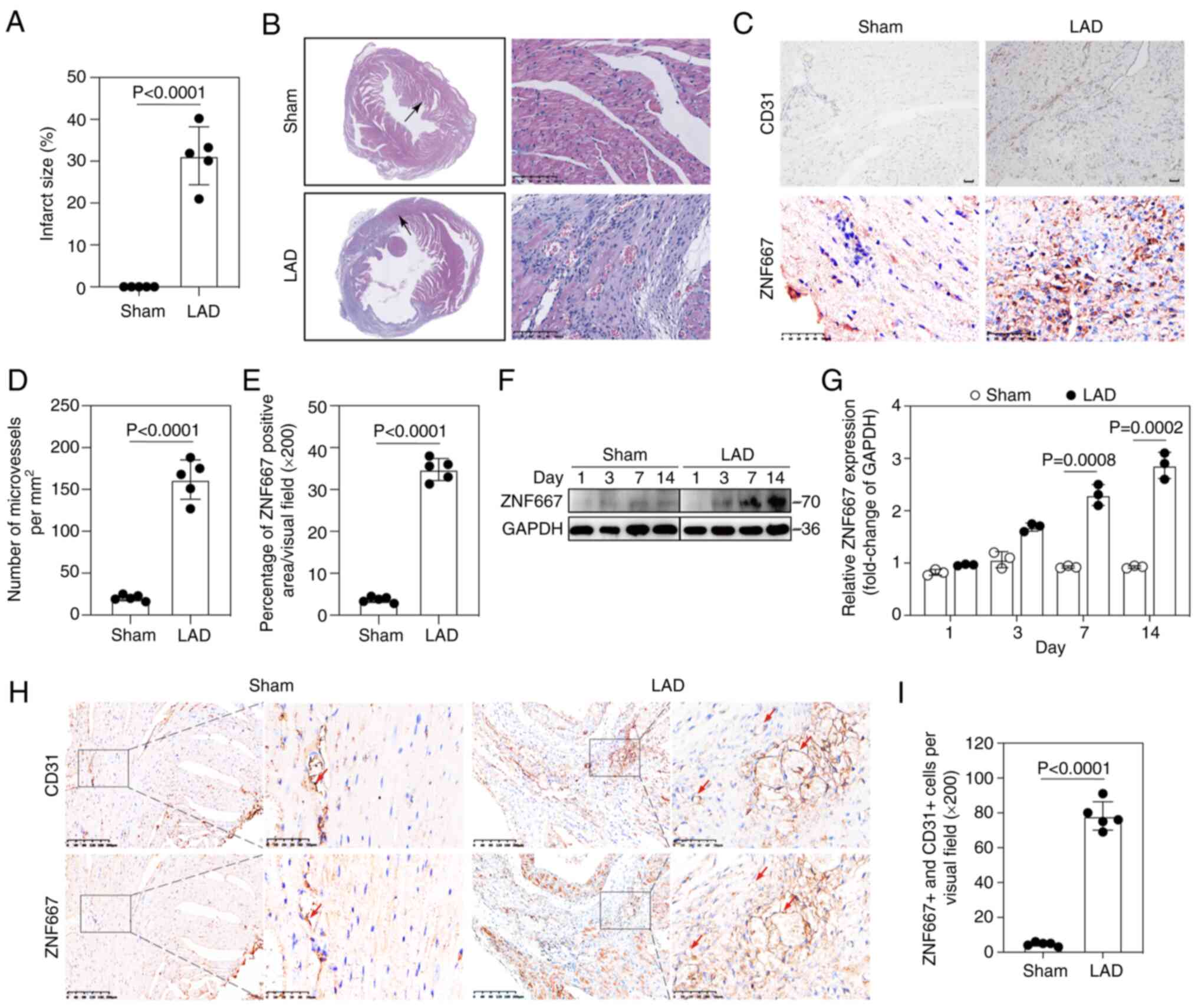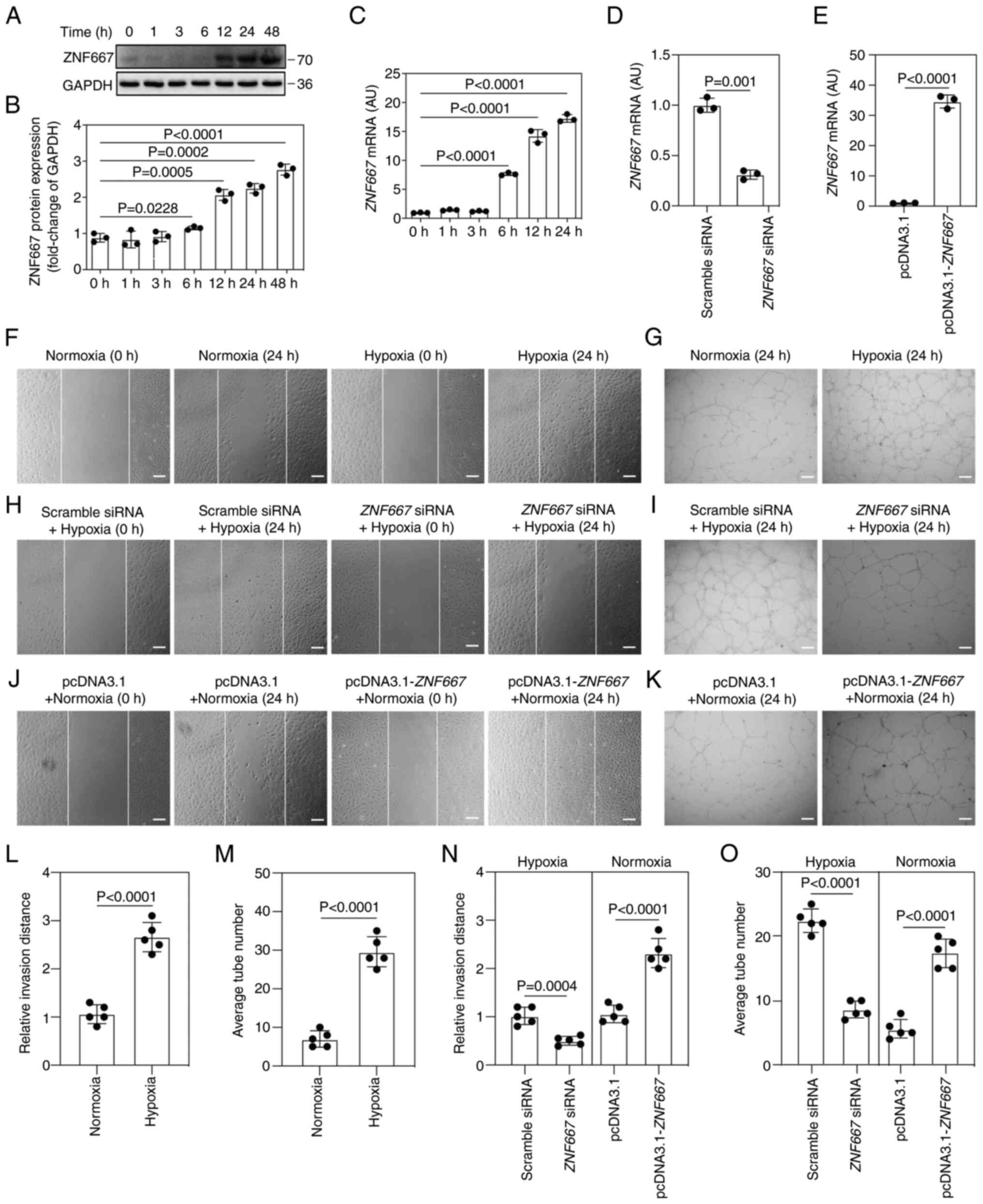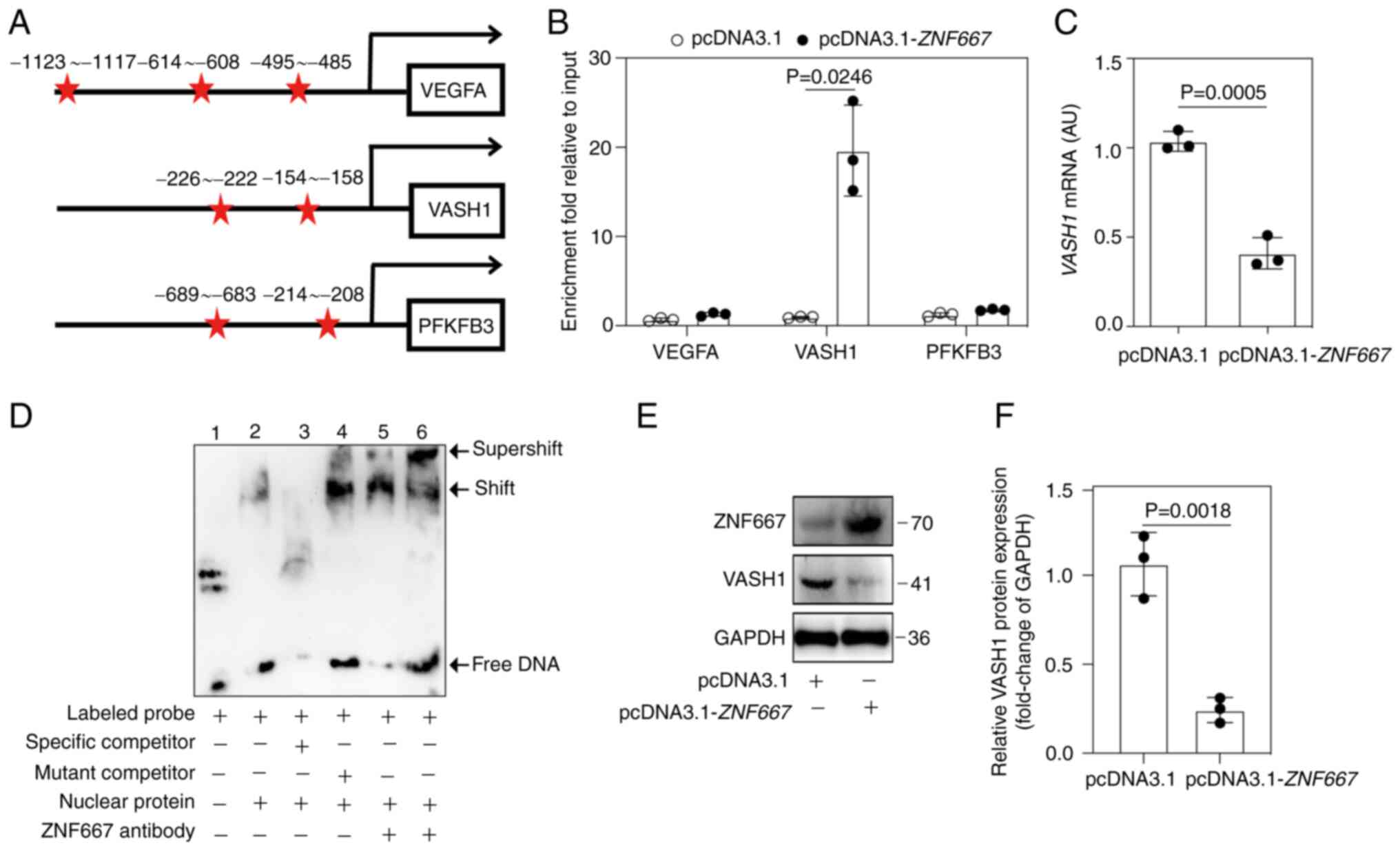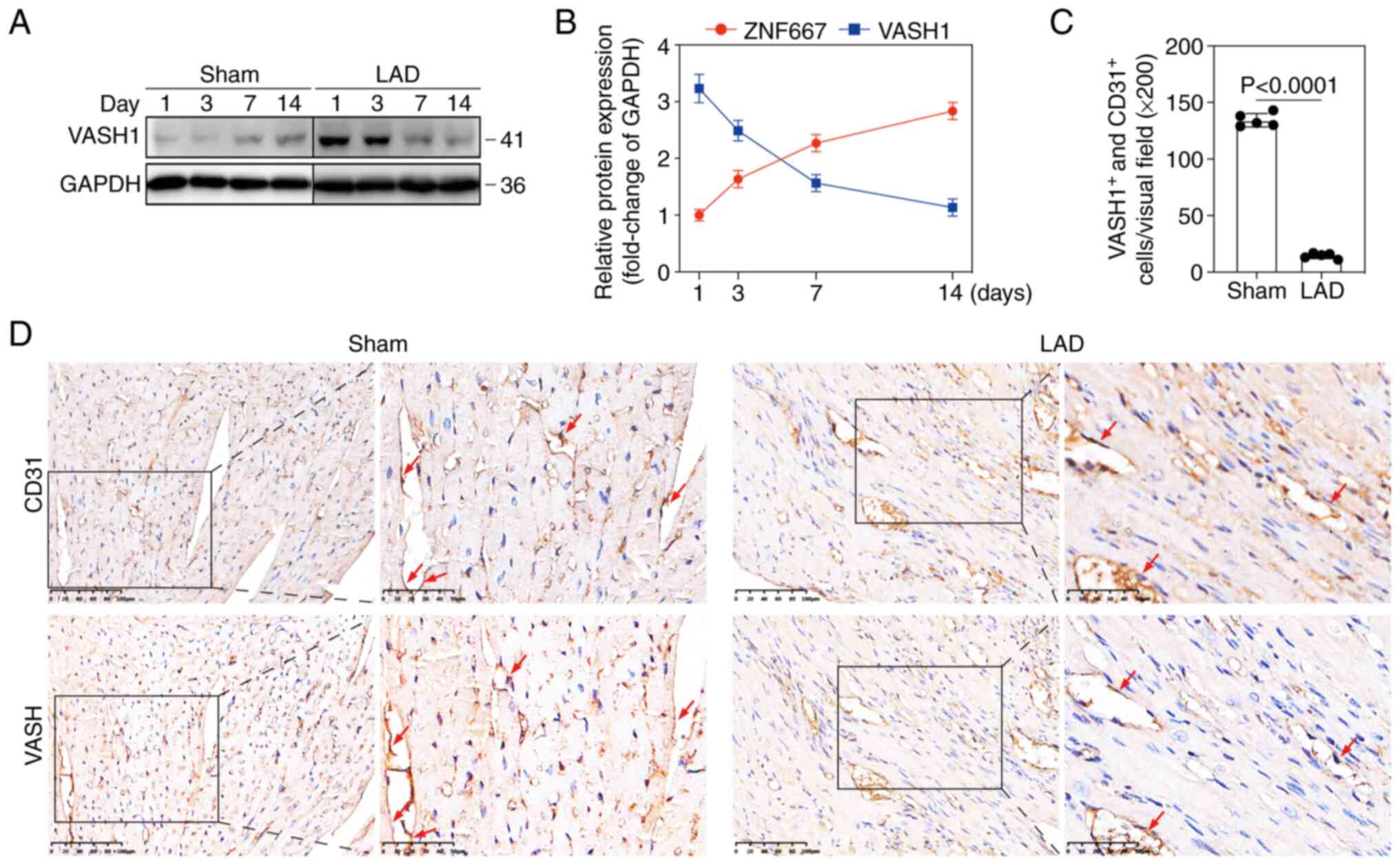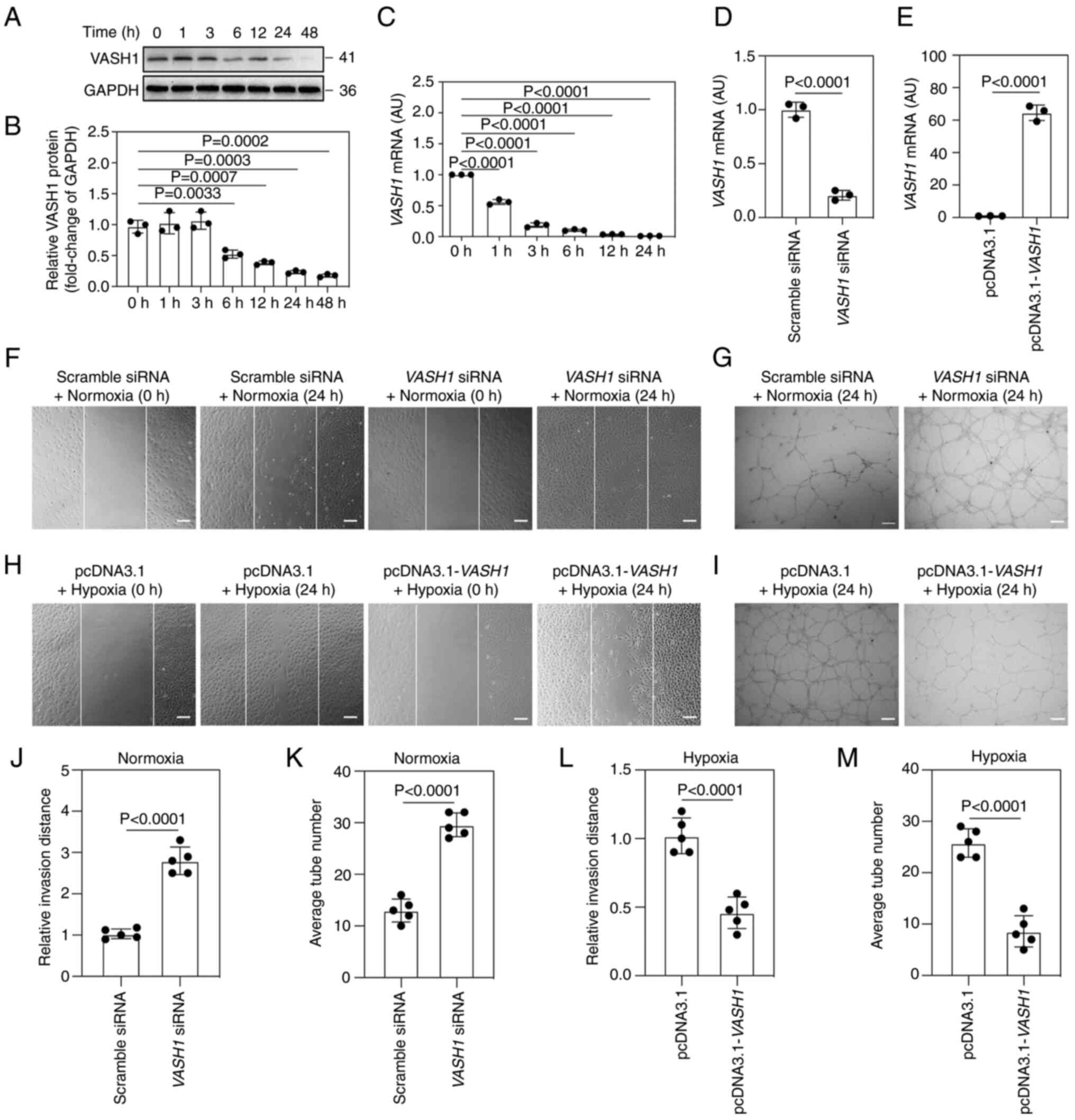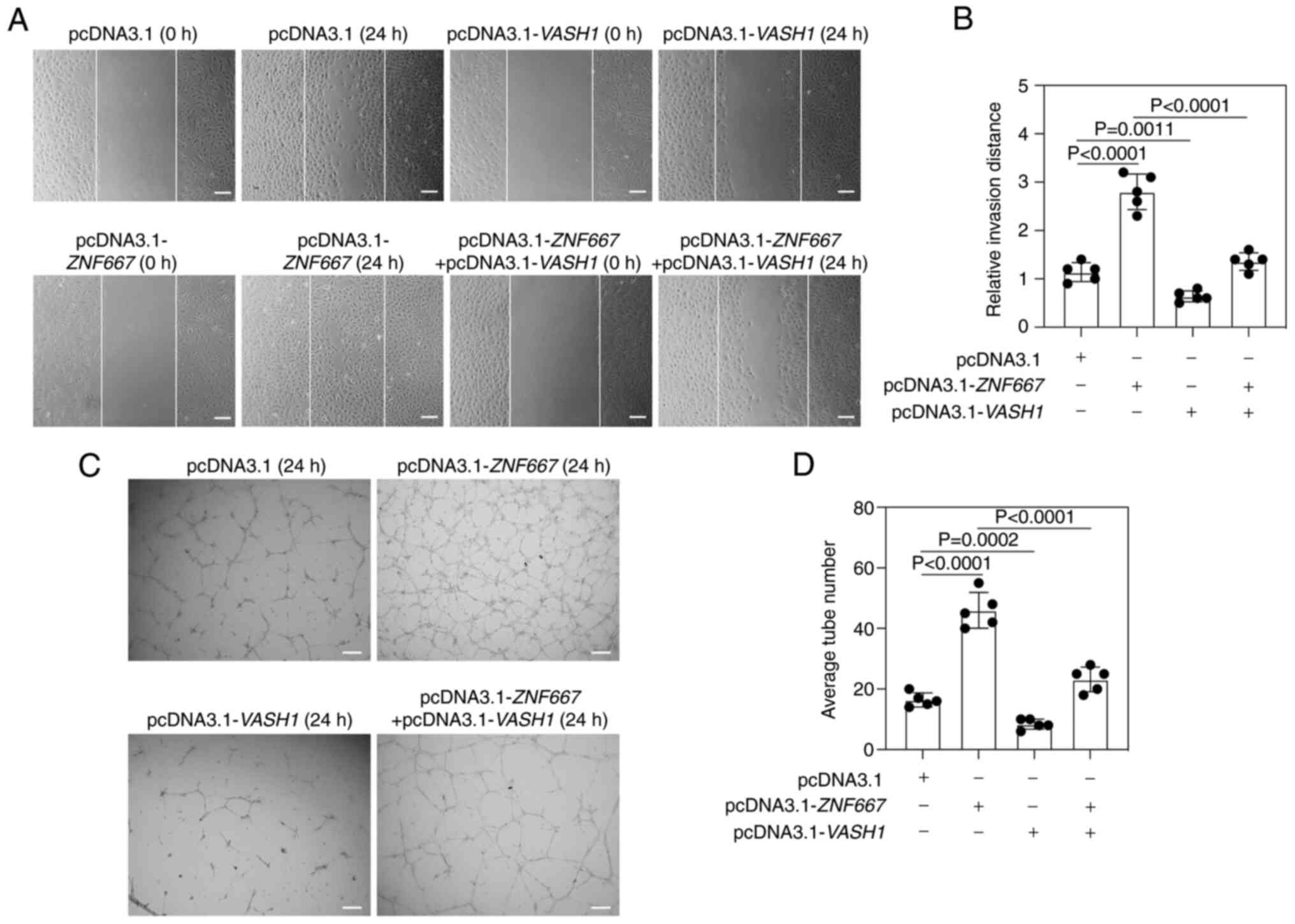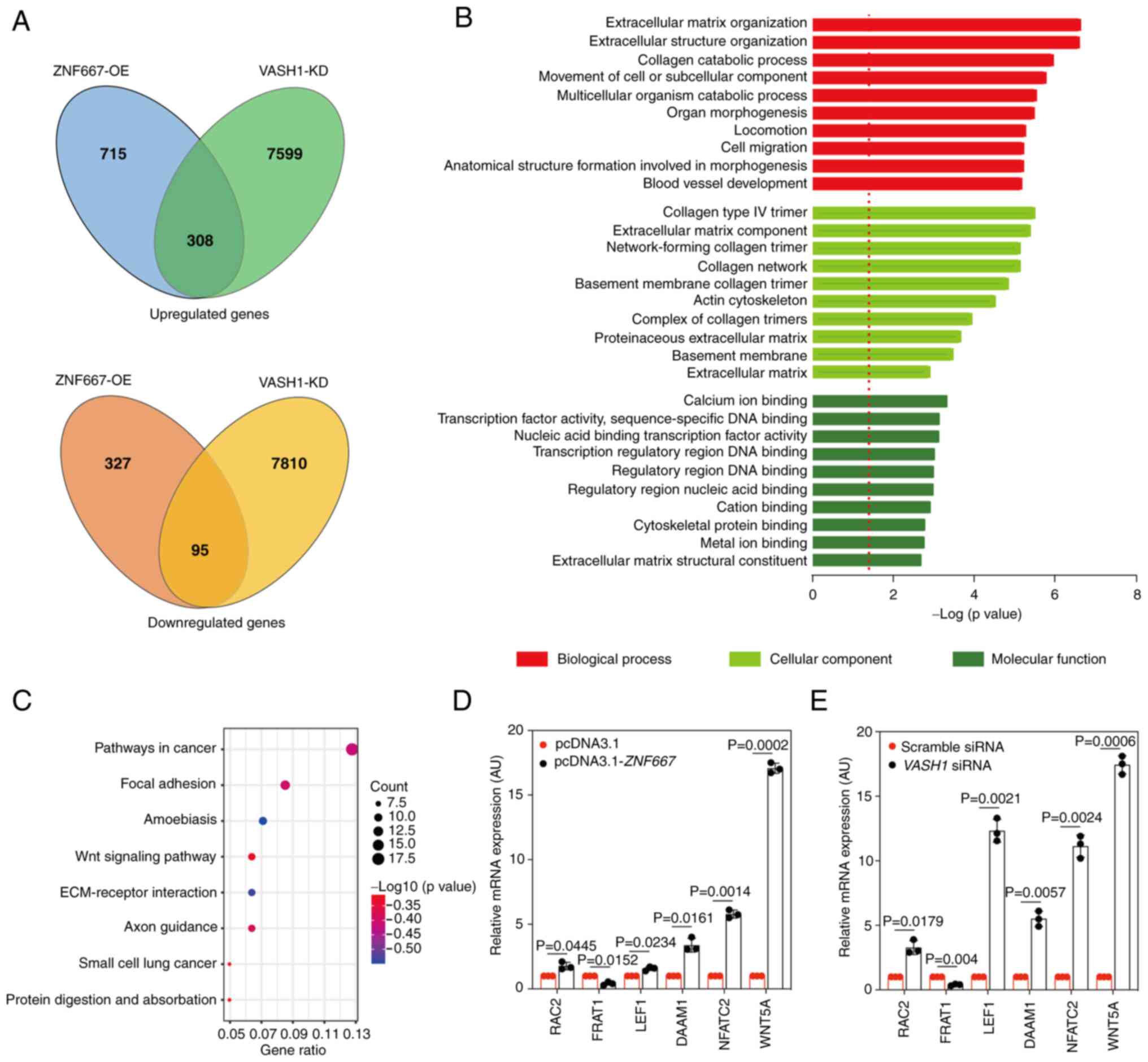|
1
|
Benjamin EJ, Blaha MJ, Chiuve SE, Cushman
M, Das SR, Deo R, de Ferranti SD, Floyd J, Fornage M, Gillespie C,
et al: Heart disease and stroke statistics-2017 update: A report
from the american heart association. Circulation. 135. pp.
e146–e603. 2017, View Article : Google Scholar
|
|
2
|
Lozano R, Naghavi M, Foreman K, Lim S,
Shibuya K, Aboyans V, Abraham J, Adair T, Aggarwal R, Ahn SY, et
al: Global and regional mortality from 235 causes of death for 20
age groups in 1990 and 2010: A systematic analysis for the global
burden of disease study 2010. Lancet. 380:2095–2128. 2012.
View Article : Google Scholar : PubMed/NCBI
|
|
3
|
Olivetti G, Capasso JM, Meggs LG,
Sonnenblick EH and Anversa P: Cellular basis of chronic ventricular
remodeling after myocardial infarction in rats. Circ Res.
68:856–869. 1991. View Article : Google Scholar : PubMed/NCBI
|
|
4
|
Hori M and Nishida K: Oxidative stress and
left ventricular remodelling after myocardial infarction.
Cardiovasc Res. 81:457–464. 2009. View Article : Google Scholar
|
|
5
|
Ware JA and Simons M: Angiogenesis in
ischemic heart disease. Nat Med. 3:158–164. 1997. View Article : Google Scholar : PubMed/NCBI
|
|
6
|
Cho HM, Kim PH, Chang HK, Shen YM, Bonsra
K, Kang BJ, Yum SY, Kim JH, Lee SY, Choi MC, et al: Targeted genome
engineering to control VEGF expression in human umbilical cord
blood-derived mesenchymal stem cells: Potential implications for
the treatment of myocardial infarction. Stem Cells Transl Med.
6:1040–1051. 2017. View Article : Google Scholar : PubMed/NCBI
|
|
7
|
Tykhomyrov AA, Nedzvetsky VS, Bardachenko
NI, Grinenko TV and Kuryata OV: Statin treatment decreases serum
angiostatin levels in patients with ischemic heart disease. Life
Sci. 134:22–29. 2015. View Article : Google Scholar : PubMed/NCBI
|
|
8
|
Chu H and Wang Y: Therapeutic
angiogenesis: Controlled delivery of angiogenic factors. Ther
Deliv. 3:693–714. 2012. View Article : Google Scholar : PubMed/NCBI
|
|
9
|
Ouma GO, Jonas RA, Usman MH and Mohler ER
III: Targets and delivery methods for therapeutic angiogenesis in
peripheral artery disease. Vasc Med. 17:174–192. 2012. View Article : Google Scholar : PubMed/NCBI
|
|
10
|
Lavu M, Gundewar S and Lefer DJ: Gene
therapy for ischemic heart disease. J Mol Cell Cardiol. 50:742–750.
2011. View Article : Google Scholar
|
|
11
|
Yamamoto N, Oyaizu T, Enomoto M, Horie M,
Yuasa M, Okawa A and Yagishita K: VEGF and bFGF induction by nitric
oxide is associated with hyperbaric oxygen-induced angiogenesis and
muscle regeneration. Sci Rep. 10:27442020. View Article : Google Scholar : PubMed/NCBI
|
|
12
|
Zaslavsky A, Baek KH, Lynch RC, Short S,
Grillo J, Folkman J, Italiano JE Jr and Ryeom S: Platelet-derived
thrombospondin-1 is a critical negative regulator and potential
biomarker of angiogenesis. Blood. 115:4605–4613. 2010. View Article : Google Scholar : PubMed/NCBI
|
|
13
|
Matsunaga T, Weihrauch DW, Moniz MC,
Tessmer J, Warltier DC and Chilian WM: Angiostatin inhibits
coronary angiogenesis during impaired production of nitric oxide.
Circulation. 105:2185–2191. 2002. View Article : Google Scholar : PubMed/NCBI
|
|
14
|
Idrisova KF, Zeinalova AK, Masgutova GA,
Bogov AA, Allegrucci C, Syromiatnikova VY, Salafutdinov II,
Garanina EE, Andreeva DI, Kadyrov AA, et al: Application of
neurotrophic and proangiogenic factors as therapy after peripheral
nervous system injury. Neural Regen Res. 17:1240–1247. 2022.
View Article : Google Scholar
|
|
15
|
Almeida I, Gomes AO, Lima M, Silva I and
Vasconcelos C: Different contributions of angiostatin and
endostatin in angiogenesis impairment in systemic sclerosis: A
cohort study. Clin Exp Rheumatol. 100(Suppl): 37–42. 2016.
|
|
16
|
Zhao G, Na R, Li L, Xiao H, Ding N, Sun Y
and Han R: Vasohibin-1 inhibits angiogenesis and suppresses tumor
growth in renal cell carcinoma. Oncol Rep. 38:1021–1028. 2017.
View Article : Google Scholar : PubMed/NCBI
|
|
17
|
Tang X, Yang Y, Yuan H, You J,
Burkatovskaya M and Amar S: Novel transcriptional regulation of
VEGF in inflammatory processes. J Cell Mol Med. 17:386–397. 2013.
View Article : Google Scholar : PubMed/NCBI
|
|
18
|
Matsakas A, Yadav V, Lorca S, Evans RM and
Narkar VA: Revascularization of ischemic skeletal muscle by
estrogen-related receptor-gamma. Circ Res. 110:1087–1096. 2012.
View Article : Google Scholar : PubMed/NCBI
|
|
19
|
Arany Z, Foo SY, Ma Y, Ruas JL,
Bommi-Reddy A, Girnun G, Cooper M, Laznik D, Chinsomboon J,
Rangwala SM, et al: HIF-independent regulation of VEGF and
angiogenesis by the transcriptional coactivator PGC-1alpha. Nature.
451:1008–1012. 2008. View Article : Google Scholar : PubMed/NCBI
|
|
20
|
Lu C, Han HD, Mangala LS, Ali-Fehmi R,
Newton CS, Ozbun L, Armaiz-Pena GN, Hu W, Stone RL, Munkarah A, et
al: Regulation of tumor angiogenesis by EZH2. Cancer Cell.
18:185–197. 2010. View Article : Google Scholar : PubMed/NCBI
|
|
21
|
Yuan C, Zhang HL, Liu Y, Wang QP and Xiao
XZ: Cloning and characterization of a new gene mip1 up-regulated
during myocardial ishemia-reperfusion. Progress in Biochemistry and
Biophysics. 2004:231–236. 2014.In Chinese.
|
|
22
|
Wang G, Jiang L, Song J, Zhou SF, Zhang H,
Wang K and Xiao X: Mipu1 protects H9c2 myogenic cells from hydrogen
peroxide-induced apoptosis through inhibition of the expression of
the death receptor Fas. Int J Mol Sci. 15:18206–18220. 2014.
View Article : Google Scholar : PubMed/NCBI
|
|
23
|
Jiang L, Wang H, Shi C, Liu K, Liu M, Wang
N, Wang K, Zhang H, Wang G and Xiao X: ZNF667/Mipu1 is a novel
anti-apoptotic factor that directly regulates the expression of the
rat Bax gene in H9c2 cells. PLoS One. 9:e1116532014. View Article : Google Scholar : PubMed/NCBI
|
|
24
|
Wang G, Zuo X, Yuan C, Zheng Y, Jiang L,
Song J, Liu Y, Zhang B and Xiao X: Mipu1, a novel rat zinc-finger
protein, inhibits transcriptional activities of AP-1 and SRE in
mitogen-activated protein kinase signaling pathway. Mol Cell
Biochem. 322:93–102. 2009. View Article : Google Scholar
|
|
25
|
Wang K, Lei J, Zou J, Xiao H, Chen A, Liu
X, Liu Y, Jiang L, Xiao Z and Xiao X: Mipu1, a novel direct target
gene, is involved in hypoxia inducible factor 1-mediated
cytoprotection. PLoS One. 8:e828272013. View Article : Google Scholar : PubMed/NCBI
|
|
26
|
Hashimoto T and Shibasaki F:
Hypoxia-inducible factor as an angiogenic master switch. Front
Pediatr. 3:332015. View Article : Google Scholar : PubMed/NCBI
|
|
27
|
National Research Council (US) Committee
for the Update of the Guide for the Care and Use of Laboratory
Animals: Guide for the Care and Use of Laboratory Animals. National
Academies Press; Washington, DC: 2011
|
|
28
|
Zou J, Wang N, Liu M, Bai Y, Wang H, Liu
K, Zhang H, Xiao X and Wang K: Nucleolin mediated pro-angiogenic
role of Hydroxysafflor Yellow A in ischaemic cardiac dysfunction:
Post-transcriptional regulation of VEGF-A and MMP-9. J Cell Mol
Med. 22:2692–2705. 2018. View Article : Google Scholar : PubMed/NCBI
|
|
29
|
Zou J, Fei Q, Xiao H, Wang H, Liu K, Liu
M, Zhang H, Xiao X, Wang K and Wang N: VEGF-A promotes angiogenesis
after acute myocardial infarction through increasing ROS production
and enhancing ER stress-mediated autophagy. J Cell Physiol.
234:17690–17703. 2019. View Article : Google Scholar : PubMed/NCBI
|
|
30
|
Jiang L, Tang D, Wang K, Zhang H, Yuan C,
Duan D and Xiao X: Functional analysis of a novel KRAB/C2H2 zinc
finger protein Mipu1. Biochem Biophys Res Commun. 356:829–835.
2007. View Article : Google Scholar : PubMed/NCBI
|
|
31
|
Livak KJ and Schmittgen TD: Analysis of
relative gene expression data using real-time quantitative PCR and
the 2(-Delta Delta C(T)) method. Methods. 25:402–408. 2001.
View Article : Google Scholar
|
|
32
|
Cassandri M, Smirnov A, Novelli F, Pitolli
C, Agostini M, Malewicz M, Melino G and Raschellà G: Zinc-finger
proteins in health and disease. Cell Death Discov. 3:170712017.
View Article : Google Scholar : PubMed/NCBI
|
|
33
|
Laity JH, Lee BM and Wright PE: Zinc
finger proteins: New insights into structural and functional
diversity. Curr Opin Struct Biol. 11:39–46. 2001. View Article : Google Scholar : PubMed/NCBI
|
|
34
|
Pan L, Sheng M, Huang Z, Zhu Z, Xu C, Teng
L, He L, Gu C, Yi C and Li J: Zinc-finger protein 418
overexpression protects against cardiac hypertrophy and fibrosis.
PLoS One. 12:e01866352017. View Article : Google Scholar : PubMed/NCBI
|
|
35
|
Shang J, Gao ZY, Zhang LY and Wang CY:
Over-expression of JAZF1 promotes cardiac microvascular endothelial
cell proliferation and angiogenesis via activation of the Akt
signaling pathway in rats with myocardial ischemia-reperfusion.
Cell Cycle. 18:1619–1634. 2019. View Article : Google Scholar : PubMed/NCBI
|
|
36
|
Wang G, Zuo X, Liu J, Jiang L, Liu Y,
Zheng Y, Zhang B and Xiao X: Expression of Mipu1 in response to
myocardial infarction in rats. Int J Mol Sci. 10:492–506. 2009.
View Article : Google Scholar : PubMed/NCBI
|
|
37
|
Yuan D, Huang J, Yuan X, Zhao J and Jiang
W: Zinc finger protein 667 expression is upregulated by cerebral
ischemic preconditioning and protects cells from oxidative stress.
Biomed Rep. 1:534–538. 2013. View Article : Google Scholar
|
|
38
|
Qu SL, Fan WJ, Zhang C, Guo F, Pan WJ, Han
D, Li W, Zhu YN and Jiang ZS: Mipu1 inhibits lipid accumulation
through down-regulation of CD36 in RAW264.7 cells. Cell Physiol
Biochem. 37:879–889. 2015. View Article : Google Scholar : PubMed/NCBI
|
|
39
|
Qu SL, Fan WJ, Zhang C, Guo F, Han D, Pan
WJ, Li W, Feng DM and Jiang ZS: Mipu1 overexpression protects
macrophages from oxLDL-induced foam cell formation and cell
apoptosis. DNA Cell Biol. 33:839–846. 2014. View Article : Google Scholar : PubMed/NCBI
|
|
40
|
Watanabe K, Hasegawa Y, Yamashita H,
Shimizu K, Ding Y, Abe M, Ohta H, Imagawa K, Hojo K, Maki H, et al:
Vasohibin as an endothelium-derived negative feedback regulator of
angiogenesis. J Clin Invest. 114:898–907. 2004. View Article : Google Scholar : PubMed/NCBI
|
|
41
|
Kimura H, Miyashita H, Suzuki Y, Kobayashi
M, Watanabe K, Sonoda H, Ohta H, Fujiwara T, Shimosegawa T and Sato
Y: Distinctive localization and opposed roles of vasohibin-1 and
vasohibin-2 in the regulation of angiogenesis. Blood.
113:4810–4818. 2009. View Article : Google Scholar : PubMed/NCBI
|
|
42
|
Takahashi Y, Saga Y, Koyanagi T, Takei Y,
Machida S, Taneichi A, Mizukami H, Sato Y, Matsubara S and Fujiwara
H: The angiogenesis regulator vasohibin-1 inhibits ovarian cancer
growth and peritoneal dissemination and prolongs host survival. Int
J Oncol. 47:2057–2063. 2015. View Article : Google Scholar : PubMed/NCBI
|
|
43
|
Miller JR: The wnts. Genome Biol.
3:REVIEWS30012002.PubMed/NCBI
|
|
44
|
Tetsu O and McCormick F: Beta-catenin
regulates expression of cyclin D1 in colon carcinoma cells. Nature.
398:422–426. 1999. View
Article : Google Scholar : PubMed/NCBI
|
|
45
|
Zhang X, Gaspard JP and Chung DC:
Regulation of vascular endothelial growth factor by the Wnt and
K-ras pathways in colonic neoplasia. Cancer Res. 61:6050–6054.
2001.PubMed/NCBI
|
|
46
|
Ishitani T, Kishida S, Hyodo-Miura J, Ueno
N, Yasuda J, Waterman M, Shibuya H, Moon RT, Ninomiya-Tsuji J and
Matsumoto K: The TAK1-NLK mitogen-activated protein kinase cascade
functions in the Wnt-5a/Ca(2+) pathway to antagonize
Wnt/beta-catenin signaling. Mol Cell Biol. 23:131–139. 2003.
View Article : Google Scholar :
|
|
47
|
Cheng CW, Yeh JC, Fan TP, Smith SK and
Charnock-Jones DS: Wnt5a-mediated non-canonical Wnt signalling
regulates human endothelial cell proliferation and migration.
Biochem Biophys Res Commun. 365:285–290. 2008. View Article : Google Scholar
|
|
48
|
Shi YN, Zhu N, Liu C, Wu HT, Gui Y, Liao
DF and Qin L: Wnt5a and its signaling pathway in angiogenesis. Clin
Chim Acta. 471:263–269. 2017. View Article : Google Scholar : PubMed/NCBI
|
|
49
|
De P, Peng Q, Traktuev DO, Li W, Yoder MC,
March KL and Durden DL: Expression of RAC2 in endothelial cells is
required for the postnatal neovascular response. Exp Cell Res.
315:248–263. 2009. View Article : Google Scholar : PubMed/NCBI
|
|
50
|
Ju R, Cirone P, Lin S, Griesbach H,
Slusarski DC and Crews CM: Activation of the planar cell polarity
formin DAAM1 leads to inhibition of endothelial cell proliferation,
migration, and angiogenesis. Proc Natl Acad Sci USA. 107:6906–6911.
2010. View Article : Google Scholar : PubMed/NCBI
|
|
51
|
Cai Y, Yao H, Sun Z, Wang Y, Zhao Y, Wang
Z and Li L: Role of NFAT in the progression of diabetic
atherosclerosis. Front Cardiovasc Med. 8:6351722021. View Article : Google Scholar : PubMed/NCBI
|
|
52
|
Zaichuk TA, Shroff EH, Emmanuel R, Filleur
S, Nelius T and Volpert OV: Nuclear factor of activated T cells
balances angiogenesis activation and inhibition. J Exp Med.
199:1513–1522. 2004. View Article : Google Scholar : PubMed/NCBI
|
|
53
|
Planutiene M, Planutis K and Holcombe RF:
Lymphoid enhancer-binding factor 1, a representative of
vertebrate-specific Lef1/Tcf1 sub-family, is a Wnt-beta-catenin
pathway target gene in human endothelial cells which regulates
matrix metalloproteinase-2 expression and promotes endothelial cell
invasion. Vasc Cell. 3:282011. View Article : Google Scholar
|
|
54
|
Guo G, Liu J, Ren Y, Mao X, Hao Y, Zhong
C, Chen X, Wang X, Wu Y, Lian S, et al: FRAT1 enhances the
proliferation and tumorigenesis of CD133(+)nestin(+) glioma stem
cells in vitro and in vivo. J Cancer. 11:2421–2430. 2020.
View Article : Google Scholar :
|
|
55
|
Gao M, Wang H, Liu Y, Tu ZZ, Liu MD, Chen
GW and Liu K: Changes of the expression of Mipu1 gene in tissues of
mice in endotoxemia. Life Sci Res. 14:331–334. 2010.
|















